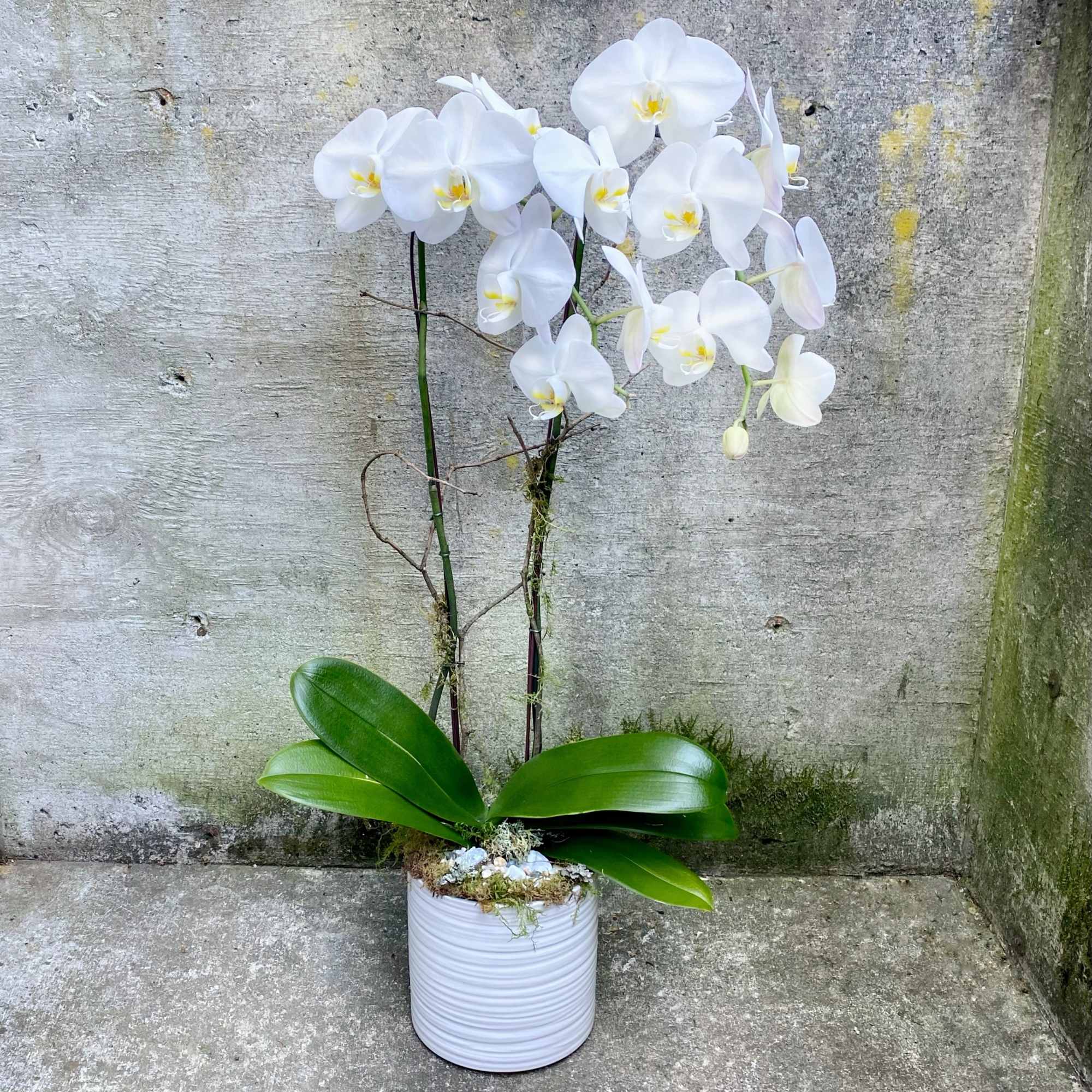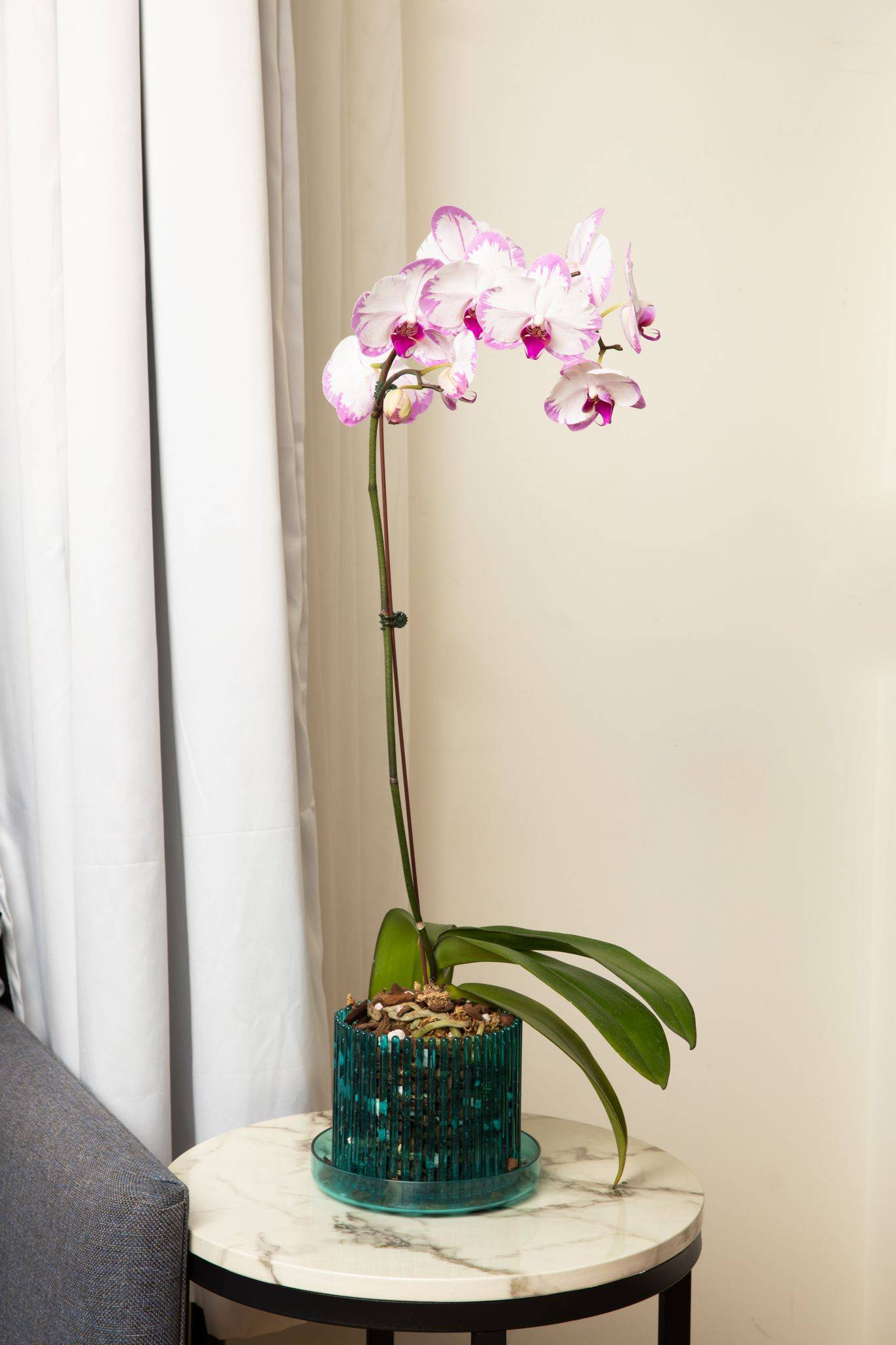The Enchanting World of Orchids: A Comprehensive Guide
Orchids, with their breathtaking beauty and bewildering diversity, have captivated humanity for centuries. These elegant plants, belonging to the family Orchidaceae, represent one of the largest and most diverse families of flowering plants, boasting over 28,000 accepted species and countless hybrids. Their allure stems not only from their stunning floral displays but also from their fascinating adaptations, intricate pollination strategies, and global distribution.
The sheer variety of orchids is astounding. From the delicate, miniature blooms of some species to the large, flamboyant flowers of others, the orchid family offers a kaleidoscope of shapes, sizes, and colors.
Cattleya: The Queen of Orchids

Cattleya orchids are often considered the quintessential orchids, renowned for their large, showy flowers with prominent lips. They are popular for cut flowers and corsages, and their vibrant colors and intoxicating fragrances make them a favorite among collectors.
Phalaenopsis: The Moth Orchid’s Grace
Phalaenopsis, or moth orchids, are among the most popular and readily available orchids, prized for their long-lasting blooms and ease of care. Their cascading sprays of flowers, resembling moths in flight, come in a wide range of colors and patterns.
Dendrobium: Versatility and Abundance
Dendrobium orchids are a diverse group with a wide range of growth habits and flower types. They can be found in various climates, from tropical lowlands to high-altitude mountains, and their flowers come in a spectrum of colors and shapes.
Oncidium: The Dancing Ladies
Oncidium orchids, often called “dancing ladies,” are known for their sprays of small, intricate flowers, often with ruffled lips. Their blooms can be yellow, brown, or patterned, and they often emit a sweet fragrance.
Paphiopedilum: The Slipper Orchids

Paphiopedilum orchids, or slipper orchids, are characterized by their unique pouch-shaped lip, which resembles a lady’s slipper. They are known for their long-lasting blooms and intricate patterns.
Vanda: Aerial Elegance
Vanda orchids are epiphytes that thrive in warm, humid environments. They are known for their large, vibrant flowers and their ability to grow without potting mix, relying on their aerial roots for moisture and nutrients.
Orchids have evolved a remarkable array of adaptations that enable them to thrive in diverse habitats around the world.
Epiphytism: Living on Air

Many orchids are epiphytes, meaning they grow on other plants, typically trees, for support. This adaptation allows them to access sunlight and air in the dense canopies of rainforests. Their specialized roots, called velamen, absorb moisture and nutrients from the air and rain.
Terrestrial Life: Roots in the Soil
Other orchids are terrestrial, meaning they grow in the soil. These orchids have roots that function similarly to those of other flowering plants, absorbing water and nutrients from the ground.
Mycorrhizal Symbiosis: A Vital Partnership
Orchid seeds are incredibly small and lack the endosperm, the nutrient-rich tissue that nourishes the developing embryo in other plants. They rely on a symbiotic relationship with mycorrhizal fungi for germination and early growth. The fungi provide the orchid seedlings with essential nutrients and sugars.
Pollination Strategies: Deception and Allure
Orchids have developed intricate pollination strategies to attract pollinators, often relying on deception or mimicry. Some orchids mimic the appearance or scent of female insects to lure male insects into attempting to mate with the flower, thereby transferring pollen. Others offer nectar or pollen as a reward for pollinators.
Growing orchids can be a rewarding hobby, but it requires understanding their specific needs.
Light: The Key to Blooming
Orchids require adequate light to thrive and bloom. The amount of light needed varies depending on the species, but most orchids prefer bright, indirect light.
Water: Balancing Moisture
Watering orchids correctly is crucial. Overwatering can lead to root rot, while underwatering can cause dehydration. The frequency of watering depends on the species, the potting medium, and the environment.
Temperature: Mimicking Natural Habitats
Orchids thrive in temperatures that mimic their natural habitats. Most orchids prefer temperatures between 60°F and 85°F (15°C and 29°C).
Humidity: Creating a Tropical Environment
Orchids prefer high humidity, typically between 50% and 70%. This can be achieved by using a humidifier, placing the orchids on a humidity tray, or misting them regularly.
Potting Mix: Providing Support and Drainage
Orchids require a well-draining potting mix that provides support and allows for adequate aeration. Common potting mixes include bark, sphagnum moss, and perlite.
Fertilization: Nourishing Growth
Orchids benefit from regular fertilization with a balanced orchid fertilizer. The frequency and strength of fertilization depend on the species and the growing conditions.
Orchids have played a significant role in human culture and history.
Symbolism: Beauty and Rarity
Orchids have long been associated with beauty, rarity, and luxury. In many cultures, they are considered symbols of love, fertility, and strength.
Medicinal Uses: Traditional Remedies
Some orchids have been used in traditional medicine for their purported medicinal properties. For example, the roots of some Dendrobium species have been used in traditional Chinese medicine to treat various ailments.
Horticultural History: Obsession and Innovation
The cultivation of orchids has a rich history, dating back to ancient China. The Victorian era saw a surge in orchid collecting and breeding, leading to the development of numerous hybrids and the introduction of new species from around the world.
Many orchid species are threatened by habitat loss, illegal collecting, and climate change. Conservation efforts are crucial to protecting these magnificent plants and their diverse habitats.
Habitat Protection: Preserving Natural Environments
Protecting orchid habitats is essential for their survival. This includes establishing protected areas, promoting sustainable forestry practices, and reducing deforestation.
Sustainable Harvesting: Regulating Trade
Regulating the trade of orchids is crucial to preventing overexploitation. This includes enforcing laws that protect endangered species and promoting sustainable harvesting practices.
Cultivation and Propagation: Reducing Pressure on Wild Populations
Cultivating and propagating orchids in nurseries can help reduce pressure on wild populations. This can also provide a source of income for local communities.
Orchids continue to fascinate and inspire people around the world. Their breathtaking beauty, intricate adaptations, and rich cultural history make them a valuable part of our natural heritage. As we continue to learn more about these remarkable plants, we can work to ensure their survival for generations to come. The study of orchids is a continual process of discovery, with new species being found, and new hybrids being created. Their ability to adapt, and their sheer beauty, will continue to amaze us.
